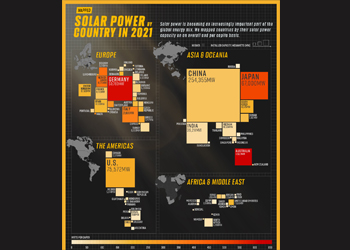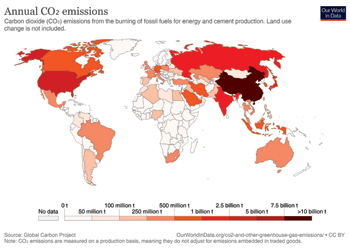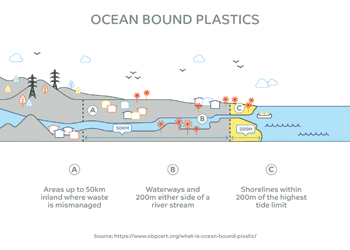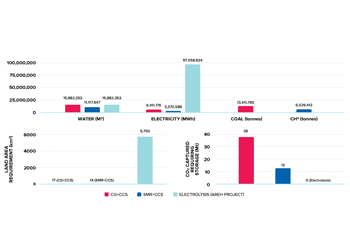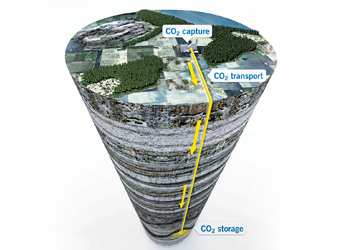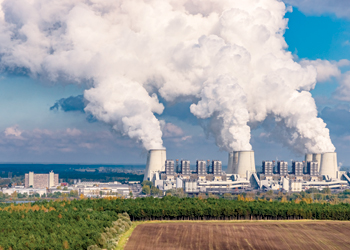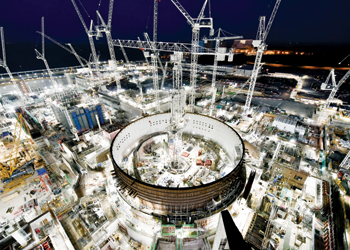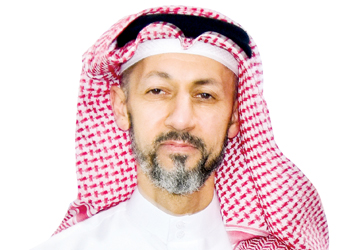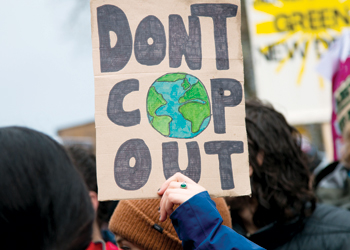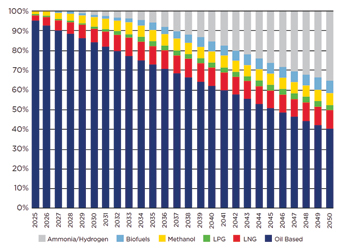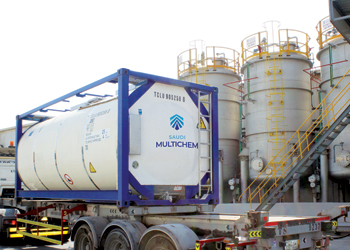
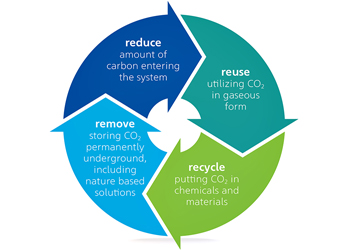
Ountries in the Gulf region have made big announcements to reach net-zero emissions. The UAE, followed by Saudi Arabia, Bahrain and the rest have set goals that will see them invest in new energy technology.
• UAE: It was the first country in the Mena region to launch a roadmap to achieve its climate commitments. Its Net Zero by 2050 Strategic Initiative will oversee over $163 billion in investment in renewable energy.
The UAE has in the past 15 years invested $40 billion in clean energy. Its Barakah nuclear power plant aims to produce 14 GW of clean energy by 2030.
Globally, the major Opec member has committed to more than $1 billion dollars in development aid for clean energy projects in more than 70 developing countries, in addition to having invested over $17 billion in clean energy projects around the world, and another $400 million in renewables funding through the Energy Transition Accelerator Platform (ETAF).
The UAE is bidding to hosts the COP28 summit in 2023.
• SAUDI ARABIA: The Kingdom’s plan is to reduce carbon emissions in the entire Middle East by more than 10 per cent through its Saudi Green Initiative (SGI) and Middle East Green Initiative (MGI) and with over $185 billion of investment.
It’s heavily promoting its Circular Carbon Economy (CCE) initiative by reusing resources. For this a $10 billion fund will see CCE technologies deployed in the developing countries.
KSA has pledged to reduce emissions by 278 million tons per year by 2030 and limit methane emissions by 30 per cent.
It will also increase the share of renewables in its power mix to 50 per cent. Work is underway on one of the largest hydrogen hubs in the world at NEOM city where the Kingdom aspires to produce 4 million tons of green and blue hydrogen annually, and setting up the largest CCUS complex, with a capacity of 44 million tons per year by 2030.
• OMAN: As one of the most vulnerable countries in the region to the adverse impacts of climate change, Oman understands well the concerns of global warming.
The country has pledged to reduce greenhouse gas (GHG) emissions by 7 per cent by 2030.
Separately, Oman is home to one the world’s largest swathes of peridotite, a rock that can soak up CO2.
Scientists say the naturally occurring process can be supercharged to grow underground minerals that can permanently store 2 billion or more of the 30 billion tons of carbon dioxide emitted by human activity every year.
The region has enough peridotite to mineralise up to 50 trillion tons of CO2 – almost every single emission by humankind since the industrial revolution.
• BAHRAIN: The Kingdom has pledged commitment to reaching net zero by 2060, and hopes to reduced 30 per cent emissions by 2035 through decarbonisation and efficiency initiatives, increasing the deployment of renewables, quadrupling mangrove coverage, doubling tree coverage, and investing in carbon capture technologies.
• QATAR: The world’s largest producer of liquefied natural gas (LNG) has a national climate change action plan aimed at achieving a 25 per cent reduction in GHG emissions by 2030.
Qatar also recently created an environment and climate change ministry, in addition to announcing the contribution of $100 million to support developing countries to deal with climate change and natural hazards.
• KUWAIT: The country has set a low carbon strategy for until 2050. The national strategy is based on CCE to promote the reduction, disposal, reuse and recycling of greenhouse gases.










































































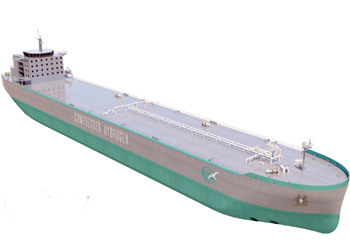
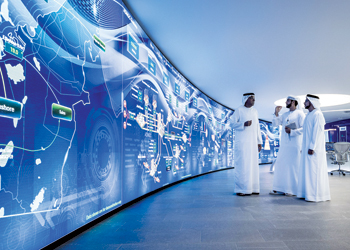
-...jpg)
